A new Climate Central report reveals that multi-day streaks of extreme heat are becoming more intense and persistent across the U.S., with the Mountain West seeing some of the sharpest increases. Experts warn that prolonged heat not only poses serious health risks but also strains energy resources.
Since 1970, most major cities now face two additional extreme heat streaks per year, defined as at least three consecutive days where highs exceed 90% of past temperatures for that date. In the Mountain West, the trend is even more severe — Denver and Colorado Springs now endure four more streaks annually, while Phoenix, Tucson, Cheyenne, Helena, and Las Cruces each have three more.
Prolonged heat increases the risk of illnesses, particularly for vulnerable groups like children, pregnant people, and outdoor workers. It also drives up demand for cooling, placing heavy stress on power grids.
Sean McKenna of the Desert Research Institute in Reno notes that past decades didn’t require such energy use:
“Homes built in Reno, even in the ’70s, really didn’t have air conditioning because we didn’t need it… But now in cities like Las Vegas or Phoenix, you’ve got to run the air conditioner all night just to stay cool.”
McKenna warns that rising energy consumption also raises the risk of blackouts during peak demand, potentially cutting off cooling systems when they’re most needed.
This article has been carefully fact-checked by our editorial team to ensure accuracy and eliminate any misleading information. We are committed to maintaining the highest standards of integrity in our content.

Katie is a senior who has been on staff for three years. Her favorite type of stories to write is reviews and features. Katie’s favorite ice cream flavor is strawberry.

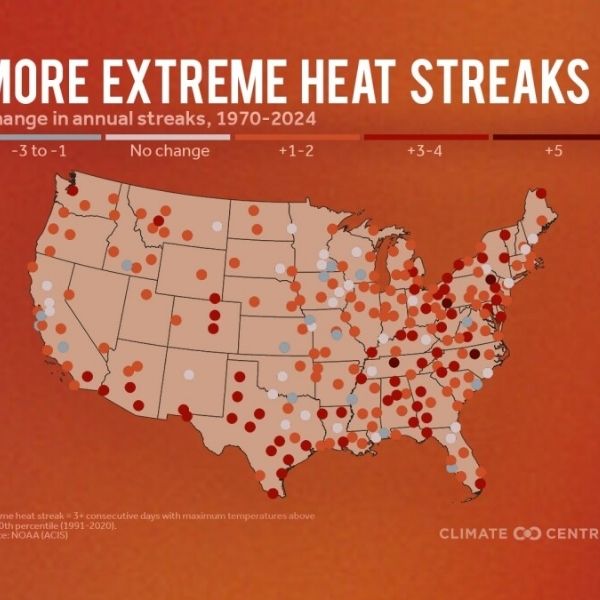
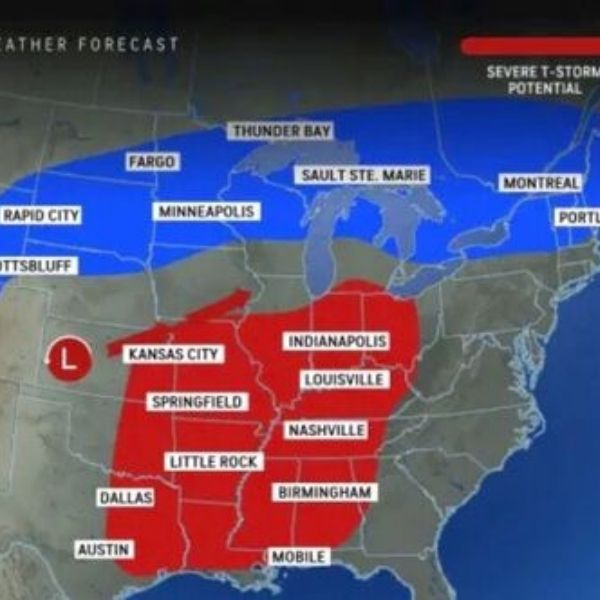

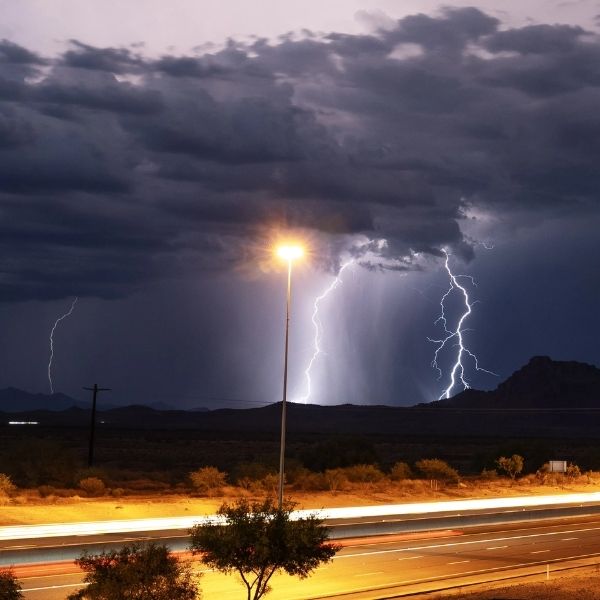
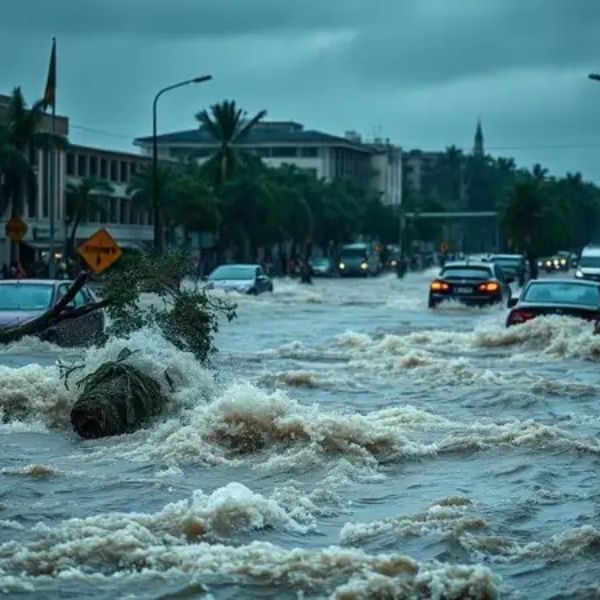
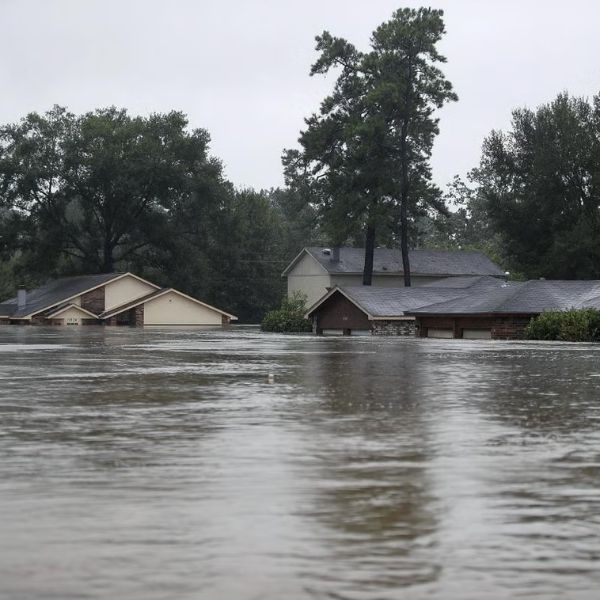
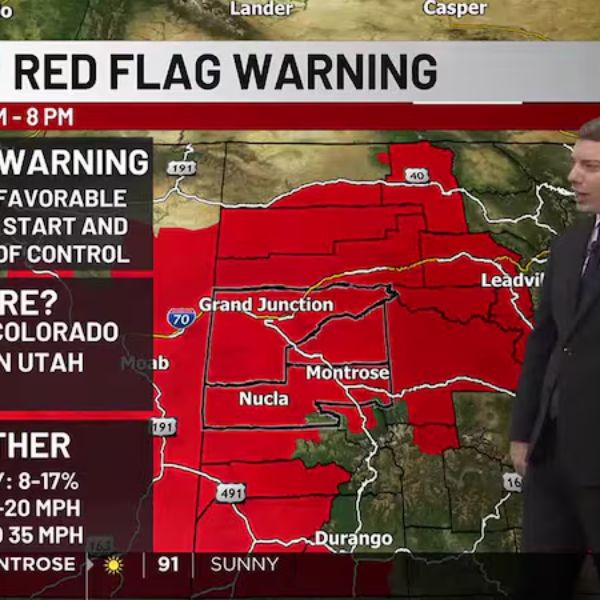
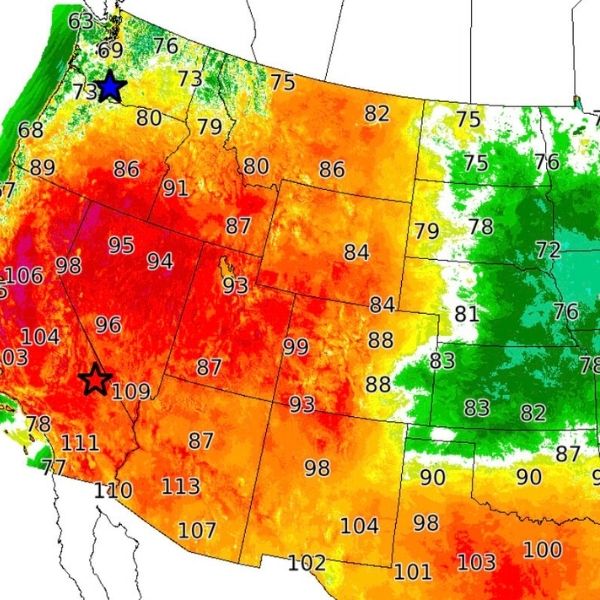
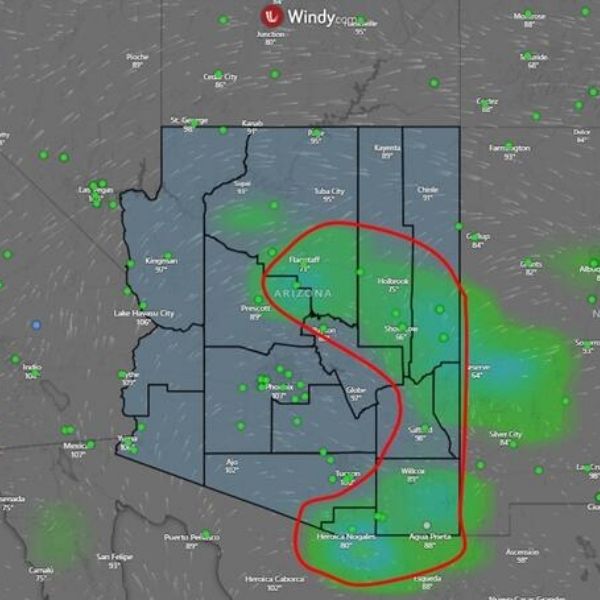
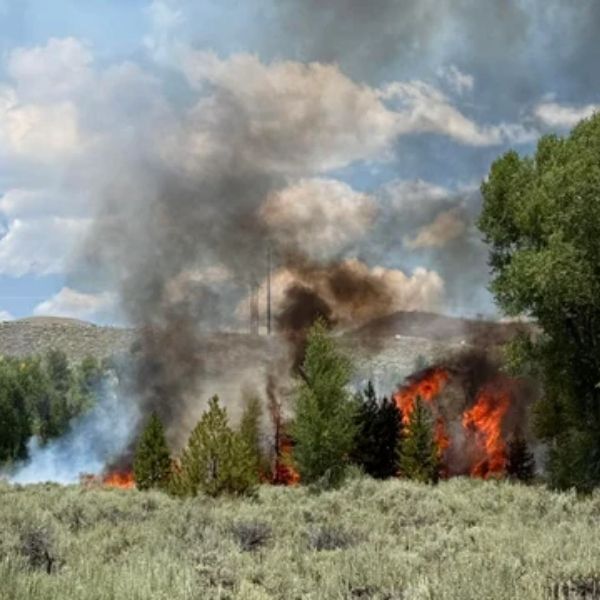
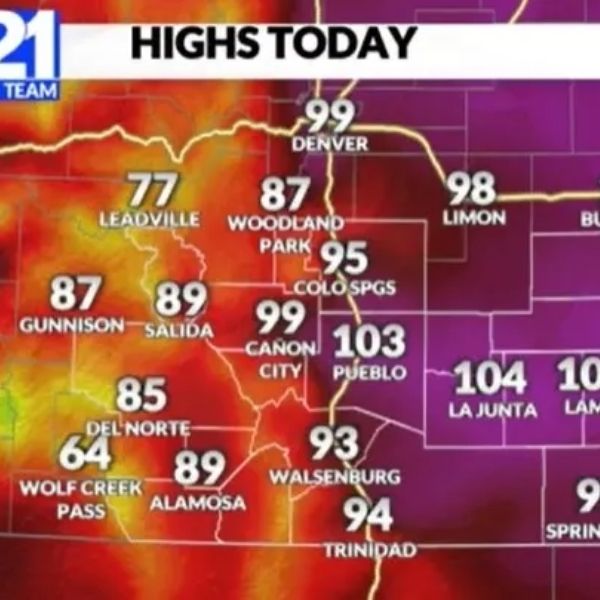



Leave a Reply